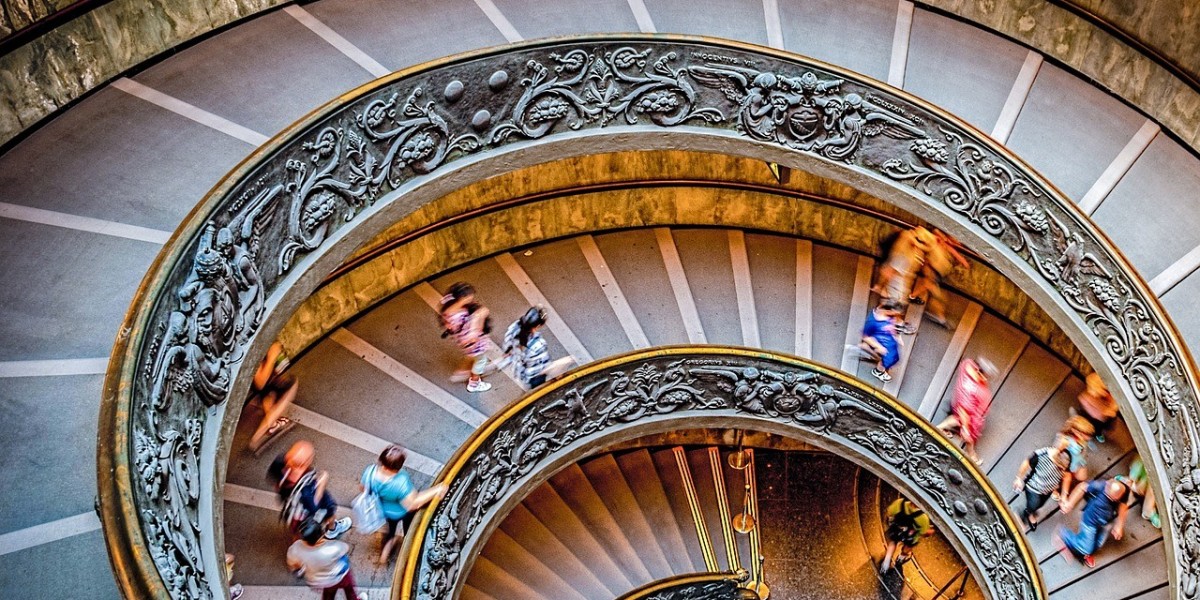The Sistine Chapel, nestled within the Vatican City, is one of the world's most renowned cultural and artistic landmarks. Adorned with breathtaking frescoes, it stands as a testament to the genius of Michelangelo and a cornerstone of Renaissance art.
In this article, we will delve into the captivating history and significance of the Sistine Chapel, highlighting the awe-inspiring beauty of Michelangelo's masterpieces. Whether you're planning a visit to the Vatican or simply intrigued by art history, join us as we unveil the timeless frescoes of the Sistine Chapel.
The Origins of the Sistine Chapel:
The Sistine Chapel was commissioned by Pope Sixtus IV in the late 15th century and completed in 1481. Its primary function was to serve as the pope's private chapel within the Apostolic Palace. Little did the world know that this modest space would become synonymous with artistic brilliance.
Michelangelo's Commission:
In the early 16th century, Pope Julius II commissioned Michelangelo Buonarroti to paint the chapel's ceiling, which until then had been adorned with a simple blue sky and golden stars. This undertaking would become one of the most remarkable artistic achievements in history.
The Creation of the Ceiling Frescoes:
Michelangelo spent four arduous years (1508-1512) painting the Sistine Chapel's ceiling. The frescoes depict scenes from the Book of Genesis, including the iconic "Creation of Adam," where God's outstretched finger meets Adam's hand in a powerful depiction of divine creation.
The Last Judgment:
Decades later, Michelangelo returned to the Sistine Chapel to paint "The Last Judgment" on the altar wall. Completed in 1541, this monumental fresco portrays the Second Coming of Christ and the final judgment of souls. Its sweeping composition and emotional intensity make it an awe-inspiring sight.
Restorations and Preservation:
Over the centuries, the Sistine Chapel underwent several restorations to preserve its artistic legacy. Notably, a major restoration project took place between 1980 and 1994, revealing the true colors and intricate details of Michelangelo's frescoes.
The Ceiling: A Marvel of Artistic Mastery:
The ceiling of the Sistine Chapel is a visual feast, featuring over 300 figures and nine central panels depicting scenes from Genesis. From the muscular bodies of the prophets and sibyls to the delicate rendering of Adam and Eve, Michelangelo's mastery of human anatomy and expression shines through.
The Last Judgment: Divine Drama Unleashed:
"The Last Judgment" covers the entire altar wall of the Sistine Chapel. In this grand composition, Michelangelo skillfully captures the tension between damnation and salvation, showcasing the profound impact of his artistic vision.
The Vatican Museum Tours: Exploring the Sistine Chapel:
Today, the Sistine Chapel remains an integral part of the Vatican Museums, drawing millions of visitors each year. To fully appreciate the splendor of Michelangelo's frescoes, it is recommended to join Vatican Museum tours that include access to the Sistine Chapel. These guided tours offer valuable insights and ensure a deeper understanding of the historical and artistic significance of this revered space.
The Sistine Chapel stands as a testament to human creativity and artistic brilliance. Michelangelo's frescoes, with their timeless beauty and profound symbolism, continue to inspire awe and admiration. The Sistine Chapel's enduring legacy as a cultural and religious masterpiece is a testament to the power of art to transcend time and touch the souls of those fortunate enough to witness its grandeur. So, if you have the opportunity, embark on a Vatican Museum tour and immerse yourself in the breathtaking splendor of the Sistine Chapel. Experience the awe-inspiring frescoes firsthand, marvel at the intricate details, and be captivated by the profound messages they convey. A visit to the Sistine Chapel is an unforgettable journey into the depths of human creativity and the transcendent power of art.








